Peruvian guinea pigs (PGP) are some of the most adorable and personable pets on the planet, and they come with a fascinating history as well. They're cute, have lovely personalities, and are very easy to handle. In addition to their famously beautiful coats, centuries of selective breeding has resulted in temperaments that are typically very friendly, bold, and curious. Peruvian Guinea Pigs have the longest hair of any guinea pig breed and were initially bred as show pigs, favoring their beautiful coats and cooperative dispositions. They come in a cozy pallet of colors, including the well-known tri-color pattern, as well as other single-colored and bi-colored variations of white, brown, black, russet, cream, and dark gray.
Before you decide to bring home a Peruvian, there are a number of important considerations to take into account. Even though this breed of guinea pig has a disposition that is lively, warm, attentive, and generally fantastic, this breed does require a lot of attention, specifically in terms of grooming. Whether you're considering adding a new member to your household, or just furthering your guinea pig knowledge, let's take a deeper look into the Peruvian guinea pig.

Peruvian Guinea Pig Origins
Due to their distinctive appearances, people may suspect that Peruvian guinea pigs were lab-bred like the Skinny Pig. However, in reality, they originated in the Andean region of South America, around the 16th century and were bred by humans using conventional means. It is generally believed that they come specifically from the Andes Mountains in Bolivia, Argentina, and Peru, and take their name from the oldest country of that region; hence The Peruvian Guinea Pig.
In South America, these animals weren't traditionally popular pets. Domestication of Peruvian guinea pigs began in France in the 16th century, when French European traders transported the animals from Peru to France. It is generally accepted that Peruvians guinea pigs entered the United Kingdom through France. From then, thanks in part to Queen Elizabeth 1st's affinity for them, this breed became popular globally.
Peruvian Breed Characteristics
Peruvian guinea pigs are kind and curious. They are distinguished from other guinea pig breeds by their very long fur. It has the ability to reach a length of up to 20 inches (50 cm). They are known for being the "hippies" of the guinea pig community. Their coats are very silky, thick, smooth, bouncy and exceptionally soft. Their hair frames their faces without falling into them.
These guinea pigs' backs are parted, so their beautiful locks fall to the sides. Two rosettes or whorls on the hips pull the fur forward, forming the trademark bangs for a cheeky appearance.
How big do Peruvian Guinea Pigs get?
On average, Peruvian guinea pigs can grow anywhere from 10 to 14 inches long! We wouldn’t exactly call them average guinea pig-sized, as their average length is longer than a few breeds—these include American, Texel, Teddy, and others! Their long, luscious hair also gives the illusion of them being even bigger than this range of measurements.
The Peruvian Guinea Pigs' Personality
It is not just its hair that is to-die-for that makes this specific breed such a popular option for cavy fanciers worldwide; it is also its personality that is larger than life. They are recognized for being friendly, cuddly, lively, and adoring those who care for them. Also, they are very interested, almost to the point of being nosy. It's a high-maintenance breed; therefore, we wouldn't suggest it for beginner pig owners.
Peruvian Guinea Pig Body Coat/Fur
People like these little guinea pigs because they have the most adorable full-body coats. Their uppermost coat length can range from 13 to 14 inches.
Peruvian Guinea Pig Coat Coloration
These cute guinea pigs are available in a wide range of coat colors, including:
- Cream
- Dark grey
- Brown
- Pure White
- Russet red
- Jet Black
- Chocolate brown
- Piebald (Piebald is a rare color present in Peruvian Guinea pigs due to co-dominant gene effect)
Guinea pigs, particularly Peruvian varieties, can have a single coloration known as "self" color, as well as bi-coloration or even tri-coloration. The Peruvian guinea pig is commonly mistaken for the Silkie and the Coronet guinea pig breeds, as all three breeds have lengthy coats, but they're all different! The long hair can make it a little tricky to differentiate them, but Peruvian guinea pigs definitely have some visual distinctions in their coats that set them apart.
When comparing these three breeds, you'll likely notice that Silkies or 'Shelties' typically have finer, silkier hair that grows back from their heads and across their bodies, rather than parting down the middle of their backs like that of the Peruvian's. Coronets have a crest on their heads, which neither Peruvians, nor Silkies do, and their hair grows back from their heads the same way that a Silkie's does. Peruvians also typically have two rosettes on their bottoms which means the hair doesn't always go straight down like Coronet's or a Silkie's will.
Peruvian Fur Care
Due to the length of its fur, the Peruvian guinea pig requires frequent maintenance. It should be brushed using a rounded comb since a metal comb is too inflexible and might rip out the fur to remove any dirt that may have accumulated. In addition, you should clip their fur once or twice every month. You can clip the guinea pig's hair to half its length to reduce stress. If the hair of your Peruvian gets tangled, it might give them a great deal of worry since it would make them feel quite uncomfortable.
Check out our Grooming CuddleComb for the most comfortable way groom your guinea pigs. The rounded teeth are designed to be gentle on your pet's skin, while effectively removing loose hair and preventing matting. Our premium silicone band alternates each comb line for even fur removal without leaving bald spots.
Cutting Guinea Pigs Hair
When using scissors, be careful. It is in your best interest to take things slowly and have a level head. Your guinea pig may make unexpected, risky movements if you're upset or rushed. If you have an extra set of hands, it can be a good idea to seek assistance from someone else!
If not, you can make use of the pouch that comes in the Offbeat Piggy Play Package. This can make it a little easier for you to handle your guinea pig hair cuts on your own, as it nestles them comfortably, which can help them feel more relaxed during the process.
Cage Size
A spacious cage is required for keeping guinea pigs. The larger the cage you provide for your guinea pigs, the better. They need a big area to forage, move about, and play. According to the Humane Society, for two guinea pigs, the minimum cage size should be 7.5 square feet, but 10.5 square feet is the recommendation. However, we always say the more space the better!
Bathing a Peruvian Guinea Pig
You should give your Peruvian piggy baths from a young age. This is because Peruvian pigs require baths more frequently than other breeds. Baths are required more often because of their long hair! It gets dirty more easily and can sweep up debris such as poop, can inadvertently become soaked in their urine, foot bits can get caught in it, along with a multitude of other things.
Generally, guinea pigs don’t enjoy baths, so starting at a young age will assist your guinea pig in becoming more acclimated to the water, so that bath time is more enjoyable! This can also become a bonding experience, as can brushing their hair! Many long-haired guinea pigs enjoy the hair brushing process..
Food and Diet
The diet you provide for your Peruvian Guinea will significantly impact its skin and hair condition. Omega-3 fatty acids are necessary for the health of all guineas, but due to the length of their coats, Peruvian guineas will benefit significantly more from taking omega-3 fatty acids.
Guineas can't synthesize vitamin C. Thus, they need it in their food. Vitamin C is important for boosting their immune system and preventing health conditions, such as scurvy. Vegetables and leafy greens are also suitable for guineas, but too much fruit can be harmful due to the high sugar content.
The Peruvian guinea pig, just like other guinea pigs need:
- High Quality Pellets
- Clean Hay available at all times. (We recommend our GuineaDad Timothy Hay Boxes!)
- Vitamin C Snacks (For a quick, easy option, we recommend trying our GuineaDad Rosehip Herbal Supplements).
Exercise
Regular exercise is crucial for all breeds of guineas, and providing them with a large cage in which they may move freely and exercise their muscles is essential. Boredom can induce Peruvian guineas to chew on their own or their companion's fur. Exercise wheels aren't safe for guineas since they can harm their backs.
Common Peruvian Guinea Pig Health Issues
Peruvian guinea pigs are susceptible to the same health difficulties as other cavies. Below are the most common health issues that Peruvian guinea pigs can face!
Heatstroke
Heatstroke is a severe risk to Peruvian guinea pigs, particularly in warmer regions and during the summer months. For tips on how to keep your cavy cool for the summer months, please reference our blog How To Keep Your Guinea Pig Cool for some tips and tricks! It is essential to ensure that they are never exposed to the glare of direct sunshine.
Flystrike
Although all guinea pig breeds are known for their careful grooming habits, the Peruvian guinea pig's lengthy hair makes it more challenging to keep themselves tidy. Flystrike is one of the most painful disorders that may affect a guinea pig, putting them at risk of getting it. And if treatment is not received, there is a risk of death.
This lethal illness, which affects guinea pigs, rabbits, and other small animals, is more common in warmer areas and is more likely to occur there. Always examine the area around your pig's bottom for flies or maggots that lay eggs since these are all evidence of this terrible disease.
Once these eggs hatch, the flies and maggots feast on your guinea pig’s infected, filthy skin, which is painful and unbearable for them.
Mites and Ear Infections
The ears of your Peruvian guinea pigs need to be examined regularly. These tiny guys have a lot of hair, so it's not always simple to tell whether they have an ear infection or mites like other breeds with less hair!
Where to Find a Peruvian Guinea Pig?
It can be hard to locate a Peruvian. You may be wondering things like where there might be Peruvian guinea pigs for sale and how much does a Peruvian guinea pig cost. This breed is typically unavailable at large commercial pet stores and even the smallest local pet stores. They are a breed of Guinea pig that requires more care and time as opposed to short hair piggies such as the American Guinea Pig. If you do stumble across one, will be well worth your time if and when you succeed.
If you liked this article, click the links below to find out more about :
The Complete List Of All Guinea Pigs Breeds!
The Complete Guide to Skinny Pigs!
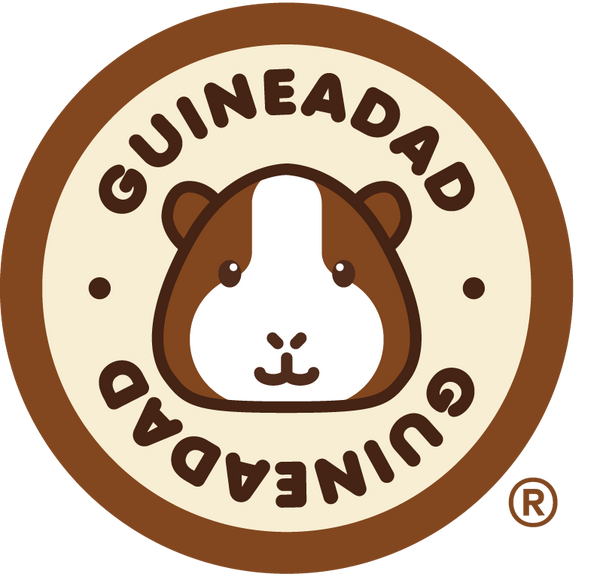

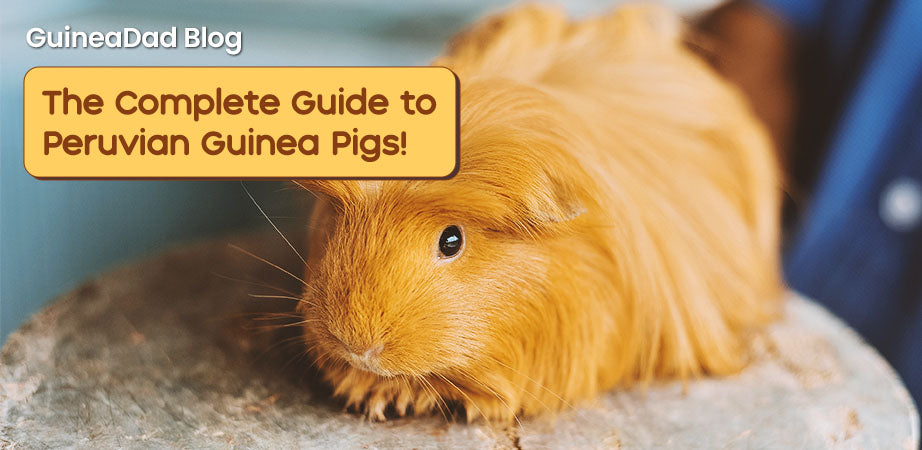












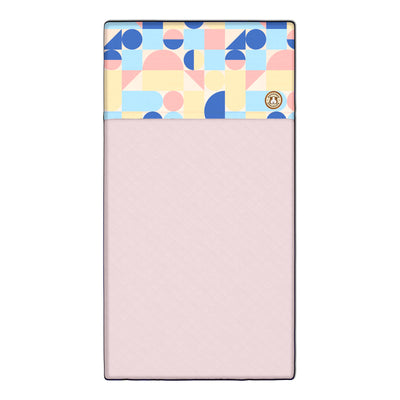








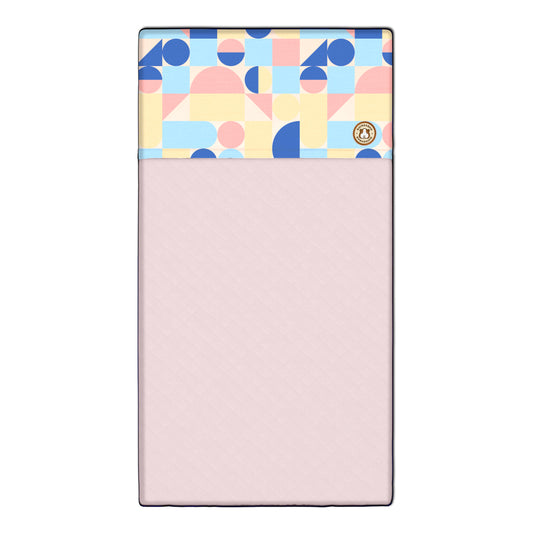



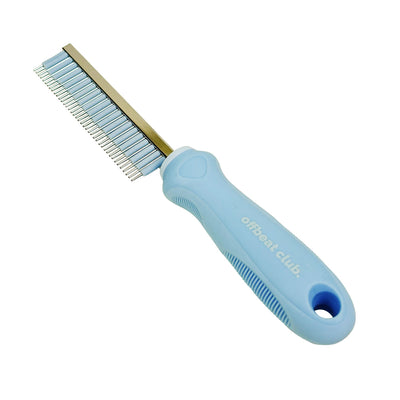
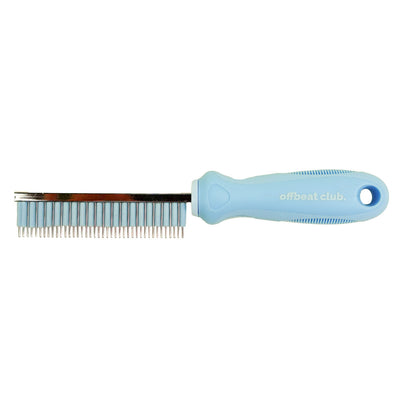
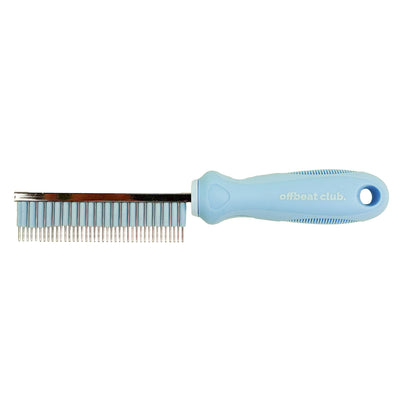

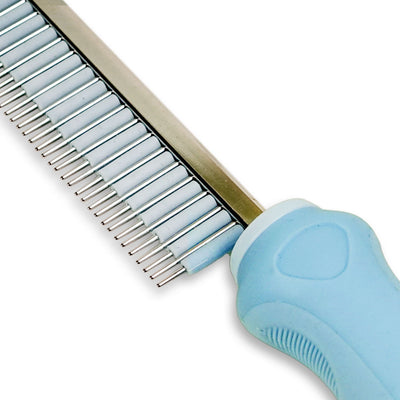
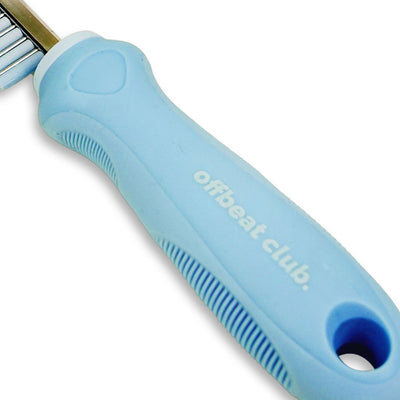
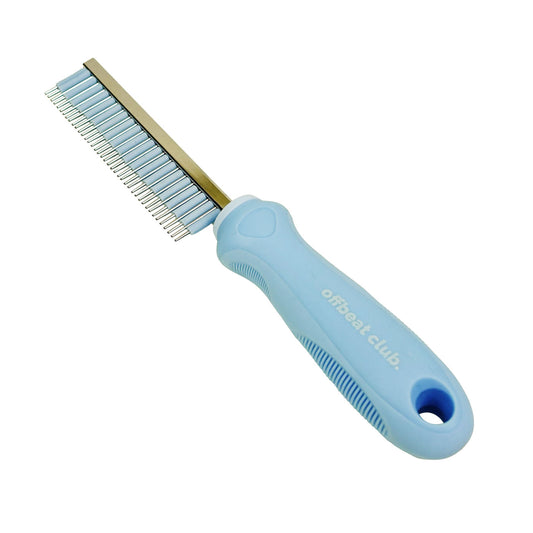
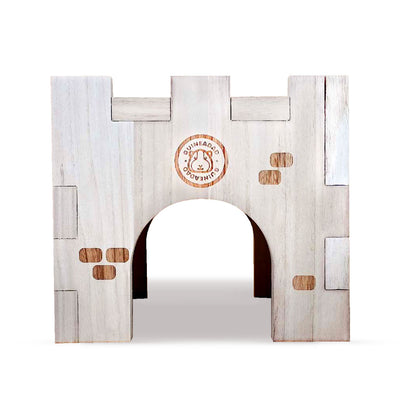










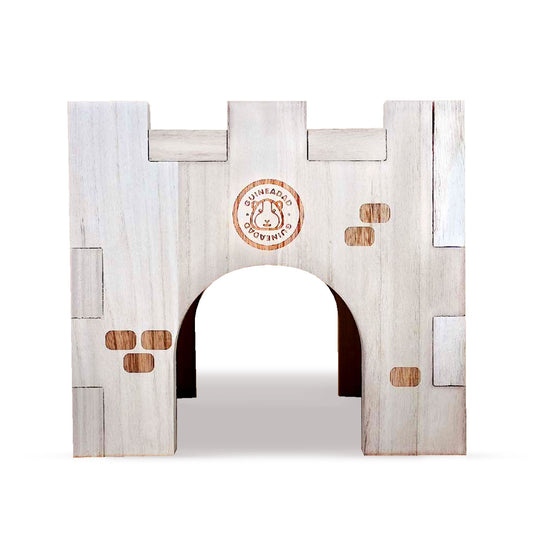
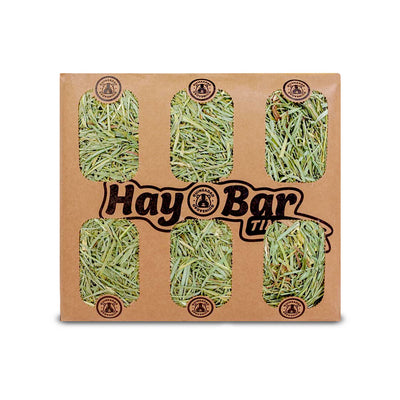
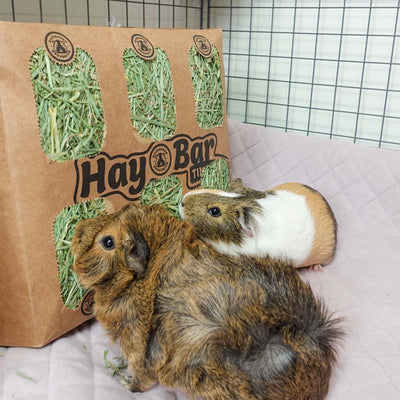
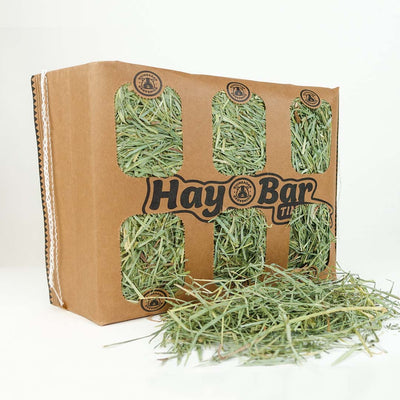
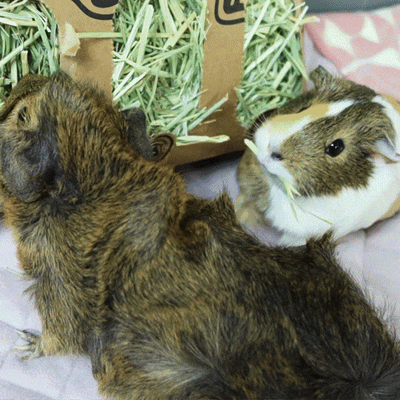
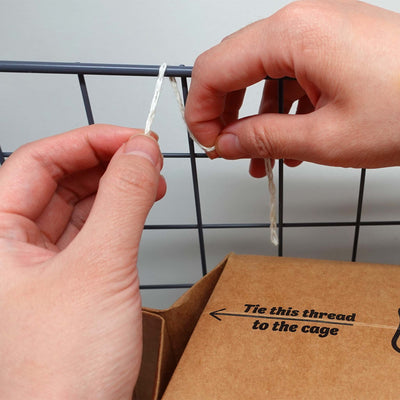
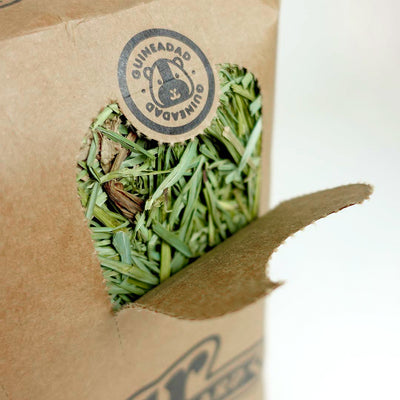
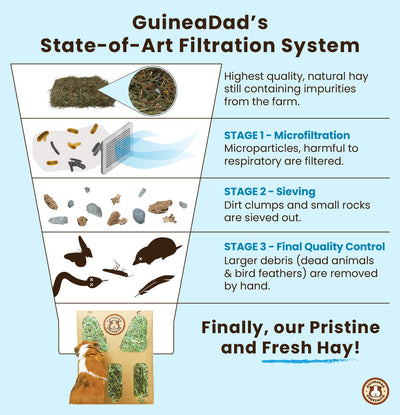
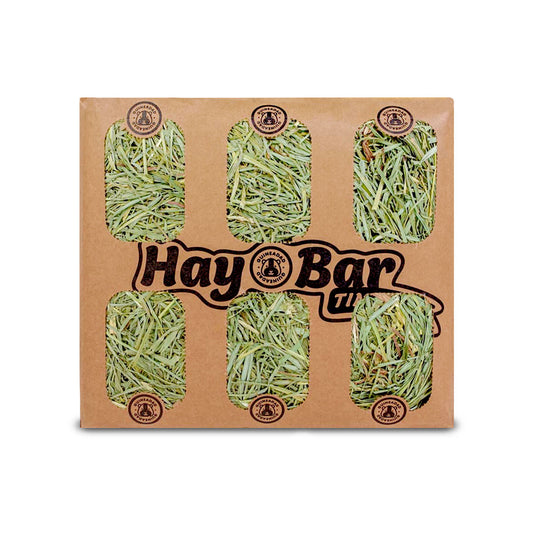
4 comments
THESE R MY LIFE IWOUD GIVE A TOE FOR THEM
One of the three piggies I rescued has very long hair. Since they came from a hoarding situation (although we believe they were born at the rescue), all three look different. One looks like an American, one has the longer hair and one is in the middle with hair longer than an American (it’s soft and has a slight curl to it). They were supposedly from the same litter and had bonded so that’s why I rescued all three together. It’s my understanding that the person they were seized from didn’t take proper care of the animals she had (over 800 were seized, with all the females being pregnant!) and these included mice, rats, guinea pigs, bunnies, etc. She didn’t pay attention to any cross-breeding either. We washed all three when we first got them home, but them saw online that piggies don’t require much bathing. Should we wash the long haired one once or twice a month? They just had a vet visit and all got a clean bill of health, thankfully!
I have two Peruvian Guinea pigs. They are so big! I have to say they are high maintenance. My American Guinea is so much easier. The big difference is the grooming but also they poop and pee more. I think because they are bigger they need more space and more attention. But they are more skittish than our American. They are adorable and I do recommend only getting them once you have experience as a Guinea pig owner.
I have 2 long haired guinea pigs that I got in Sept of last year. They are doing great.